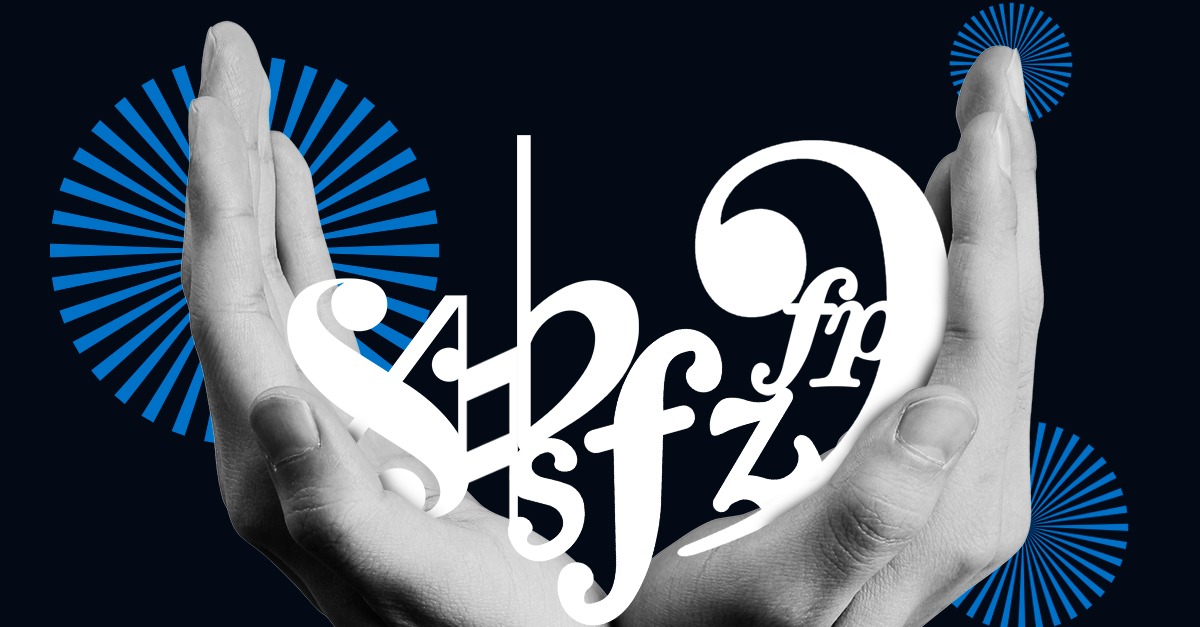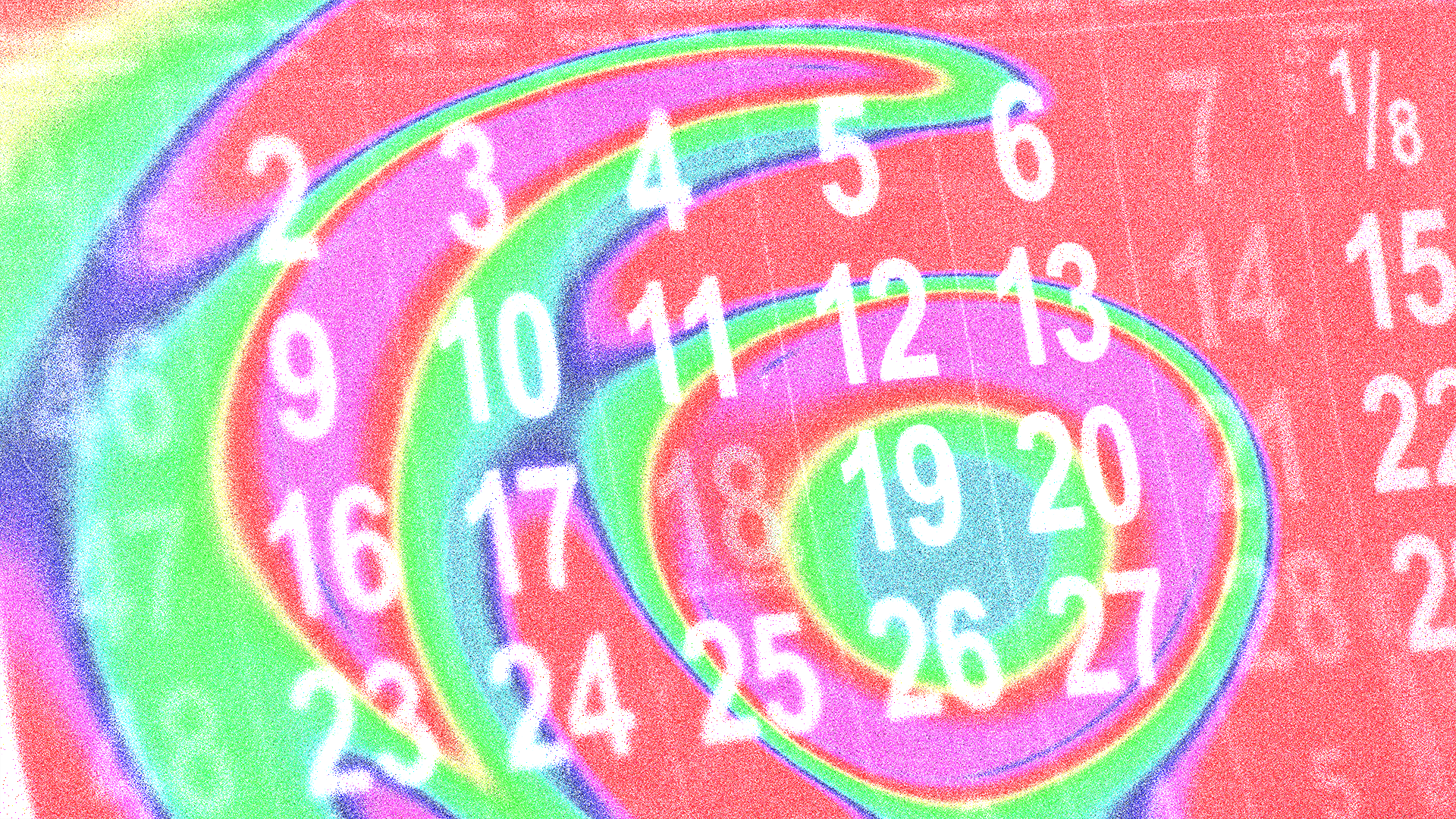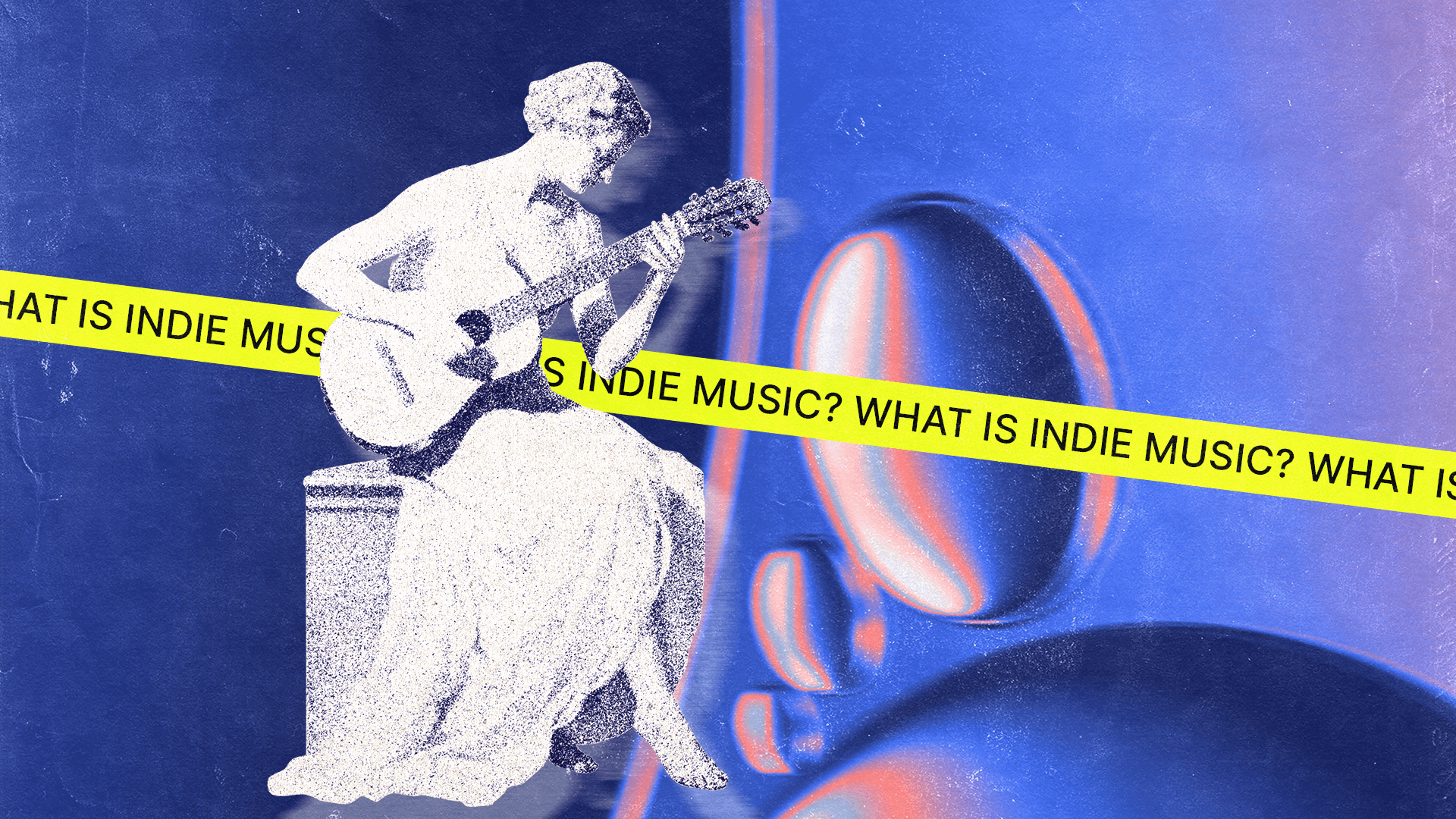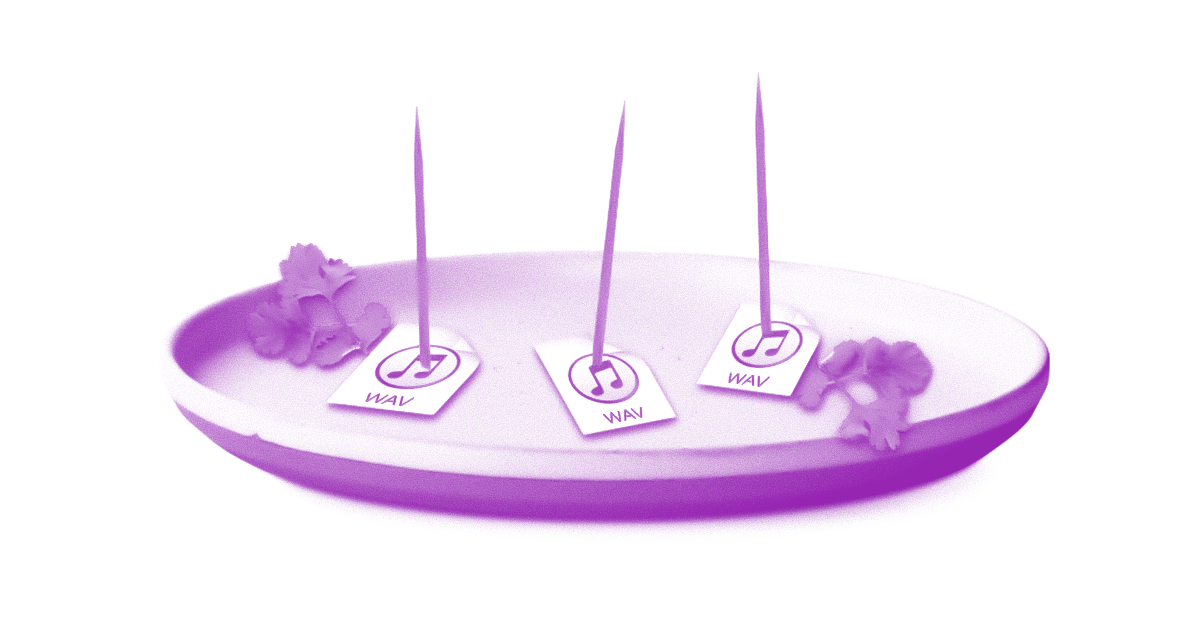
Music Glossary: 61 Music Terms for Beginners

There’s a lot of terms floating around in the music world.
Knowing what each term means is useful for understanding what’s going on in a piece of music.
But more importantly, understanding music terms can help you better communicate how your music should sound with other collaborators.
What are Music Terms?
Music terms are specialized words and phrases used to describe and articulate the various components and aspects of music. These terms cover a wide spectrum of music including, but not limited to, the technical aspects of composition, the art of performance, and the theory that underpins the structure of music.
In the world of music, these terms serve as a universal language, helping musicians, composers, conductors, and music enthusiasts to communicate clearly and effectively about the intricate elements of music.
They allow us to categorize and express specific ideas about rhythm, melody, harmony, dynamics, timbre, and many other facets of music.
The richness and diversity of musical terminology are a reflection of music’s long history and its vast cultural reach.
These terms are derived from a variety of languages, primarily Italian, due to Italy’s influential role in the development of Western music tradition, but also from German, French, and English among others.
Understanding these terms can elevate your musical knowledge and enhance your appreciation for the art form. Whether you’re a musician explaining how a piece should be played, a composer articulating your vision, or a listener aiming to understand and discuss music more deeply, familiarizing yourself with music terms is invaluable.
This article provides a glossary of 61 obscure music terms that will enrich your musical lexicon and deepen your understanding of the beautiful language of music.
As you explore these terms, remember that music is not just a technical discipline but also an art of emotional expression.
So, let your learning journey be not just about knowing these terms but also about feeling the spirit of what they represent in the world of music.
Here’s 61 music terms you need to know.
Music theory guides, tutorials and inspiration delivered weekly
Subscribe to the LANDR Blog Newsletter.
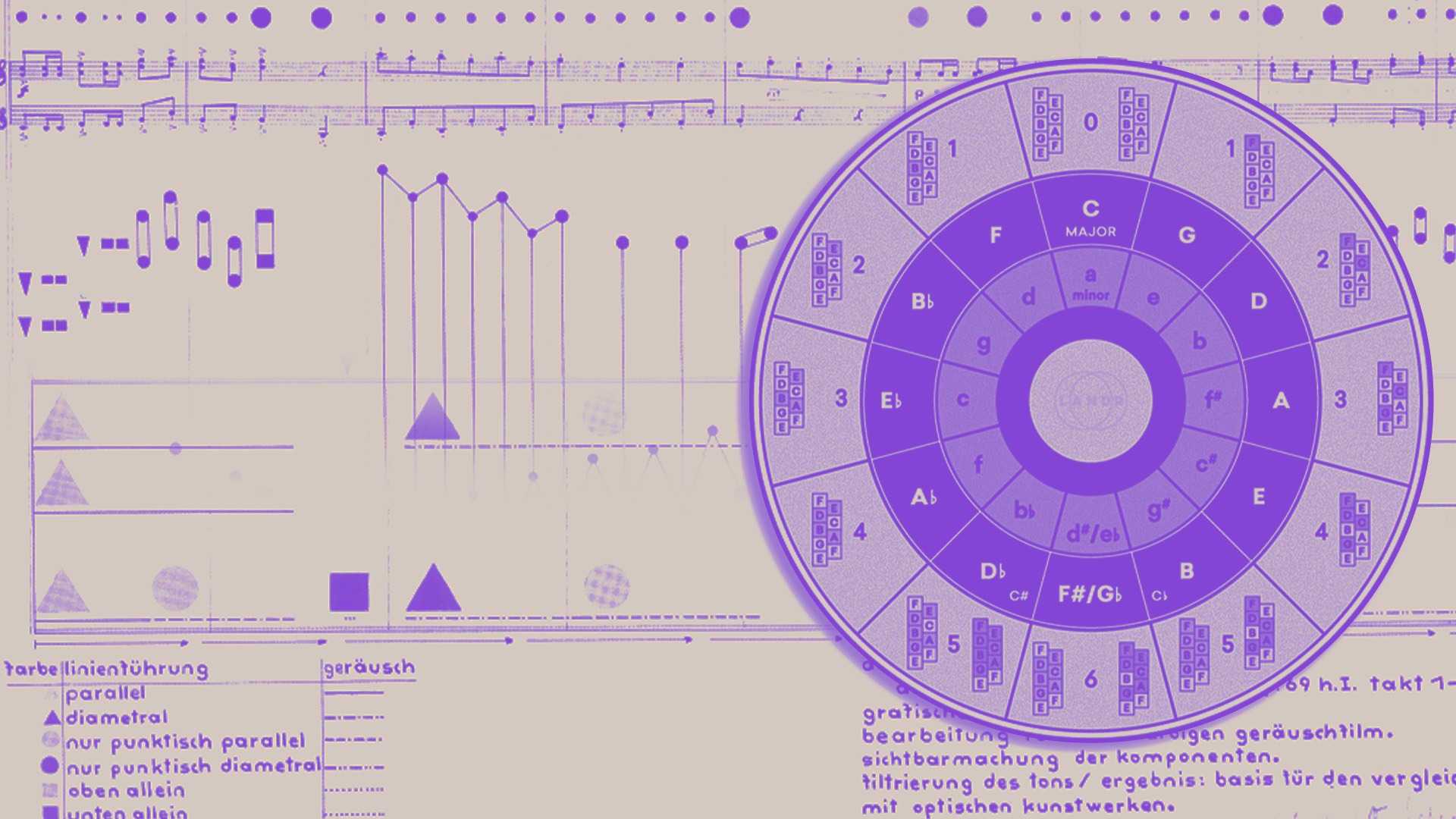
Music Theory: The Basics You Need to Make Better Music
1. Accent
An accent is when a specific note or phrase is emphasized with an increase in intensity above other non-accented notes.
2. Accidental
Accidentals in music refer to notes that are not within a specific key signature and therefore exist outside of the key.
3. Adagio
Adagio means slowly in Italian. In music, it signifies that a piece should be played a slower tempo or speed.
4. Allegro
Allegro means cheerful in Italian. In music, it means the music should be played at an upbeat and bright tempo.
5. Alto
Alto is a range of pitches normally assigned to a singer in a choir. The alto range of pitches is below Soprano but higher than the Tenor range.
6. Andante
Andante is used to describe a moderately slow tempo. It’s Italian meaning “to-go about” suggests a walking pace to be used in a piece of music.
7. Arpeggio
An arpeggio is when a chord of notes is broken and played in sequence. For example, a C major arpeggio would be played C-E-G-C.
8. Bar
In music, a bar is a subsection of time that’s defined by a time signature. For example, a 4/4 time signature assigns four quarter notes to each bar.
8. BPM
The acronym BPM stands for “Beats per Minute” and refers to the number of beats that will occur within sixty seconds.
9. Cadence
A cadence is a sequence of chords used to signify the end of a phrase.
10. Cadenza
A cadenza is a moment in a musical piece where an instrumentalist or singer is given the opportunity to play a solo freely and with artistic license to go outside of a rigid tempo or rhythm.
11. Canon
Canons in music are when a melody is played by one instrument or group of instruments, and then repeated a certain number of bars later by another instrument to overlap the initial melody.
12. Clef
The clef is a symbol used at the beginning of a piece of sheet music to denote the note values on the staff.
For example, a G clef or treble clef symbolizes that a G is found on the second line of the staff.
13. Coda
A coda is a symbol used in sheet music to denote where the final passage of a piece begins. A piece will include a “da coda” instruction to tell the orchestra when to proceed to the beginning of the final passage.
14. Crescendo
A crescendo is a gradual increase in dynamic volume during a section of music.
15. Da Capo
Da capo is an instruction used in sheet music that tells the band or orchestra to re-start the piece from the beginning and go back to the top.
16. Dal Segno
Dal segno is an instruction used in sheet music that tells the band or orchestra to resume playing the piece from a different section of the piece, usually denoted by a star-like symbol or sign.
17. Diminuendo
The opposite of a crescendo, a diminuendo is a decrease in dynamic volume during a section of music.
18. Dynamics
In music, the term dynamics refers to the intensity and volume with which a note should be played. The most basic dynamic are piano (soft), forte (hard), and mezzo (medium).
19. Enharmonic
Refers to two notes that have different spellings yet sound the same. For example, F# and Gb are the same notes with different spellings.
20. Fermata
A fermata is a symbol used in sheet music to indicate that a note should be held longer than its standard duration. The length that the note can be held is up to the artist or conductor.
21. Flat
In music, flat refers to the relative tonal quality of a note. A flat note is one half-step below the same natural note in pitch.
22. Forte
Forte is a term used to describe a louder dynamic. Forte should be louder than mezzo-forte but quieter than fortissimo.
23. Fortepiano
Fortepiano is a dynamic instruction that tells an instrumentalist to initially play a note loudly and then quickly decay to a quiet sustained dynamic.
24. Giocoso
Giocoso in music implies that the piece should be played in a fun and carefree manner, most often at a higher tempo.
Understanding music terms can help you better communicate how your music should sound with other collaborators.
25. Glissando
A glissando instructs instrumentalists to slide in pitch from note to note, instead of accentuating each note.
26. Glockenspiel
The glockenspiel is a pitched percussion instrument with metal bars that are struck by a hard mallet.
27. Grave
Grave means solemn in Italian. In music a grave marketing indicates an extremely slow tempo below 60 BPM.
28. Key
In music, key refers to the set of notes belonging specifically to a major scale or its relative minor scale. For example the key of F-Major contains the notes F-A-Bb-C-D-E-F.
29. Largo/Larghetto
Largo means large in Italian. In orchestral music, it refers to a large and slow-moving pace.
30. Leggero
Leggero means light in Italian. In sheet music leggero means to play lightly, usually at a quicker pace and in a light-hearted manner.
31. Legato
In music legato means to connect each note smoothly without much articulation between notes.
32. Motif
A motif in music refers to a specific melody or series of notes is used in different ways throughout a piece of music or song.
33. Natural
Natural notes in music refer to a note that is neither sharp nor flat. Typically a natural note symbol is used to tell the musician that the note is natural despite the key signature.
34. Nonet
In music, a nonet is a group of nine musicians.
35. Ostinato
Similar to a motif, an ostinato is a rhythmic pattern that repeats throughout a piece of music.
36. Pan
Pan in audio production refers to the stereo direction of the audio signal. When an audio signal is fully panned to the left it will come from the left side of a stereo speaker.
37. Pianissimo
Pianissimo is a dynamic instruction in music that tells musicians to play very softly or quieter. The dynamic range for a pianissimo passage should be quieter than piano, but louder than pianississimo.
38. Pizzicato
Pizzicato means plucked in Italian, it instructs string sections to pluck their instruments instead of bowing them.
39. Poco-a-poco
Poco-a-poco means little by little, indicating an incremental change in tempo over a longer period of time either up or down.
40. Presto
Presto means instantly in Italian. In music, presto to a very fast tempo usually above 170 BPM.
41. Quarter tone
A quarter tone is a musical interval that is half the value of a semitone and a quarter of the value of a whole tone.
42. Quintuplet
Similar to a triplet, a quintuplet is a rhythmic notation that instructs players to play five notes in the space a quarter note uses.
43. Rhapsody
A rhapsody is a one-movement piece of music that explores multiple free-flowing sections that don’t necessarily relate to one another.
44. Ritardando
A ritardando is a music instruction that requires musicians to gradually slow down in tempo.
45. Rondo
A rondo is a type of orchestral form or song structure. It usually consists of multiple repeating sections.
46. Rubato
Rubato indicates the player may appropriately speed up and slow down the tempo as desired. Usually rubato is marked during a solo section.
47. Scherzo
Scherzo refers to a short orchestral piece of music.
48. Sforzando
Sforzando is a dynamic instruction that requires players to play a note abruptly and loudly. The emphasis put on a sforzando note is usually more than an accent.
49. Sharp
A sharp musical note is a semitone higher in intonation than the same natural note.
50. Slur
Slurs in music are an instruction given to string and wind players to smoothly slur together each note without any articulation.
51. Solfege
Solfege is the phonetic set of notes correspond to the letter note. For example the notes from a C-Major scale in solfege is “do”, “re”, “mi”, “fah”, “so”, “la”, “ti”, “do”.
52. Soprano
A soprano is a range of pitches in the highest register of tones, this range is higher than the alto range of pitches.
53. Sostenuto
Sostenuto means sustained in Italian. In sheet music, sostenuto notes or musical passages require musicians to play each note beyond its normal value.
54. Staccato
Staccato is the opposite of sostenuto. Staccato notes are played much shorter than their normal values.
55. Tempo
Tempo is the pace or speed at which a piece of music is played. Usually, the tempo will define the length and duration of a quarter note.
56. Tenor
Tenor refers to a range of notes between alto and bass.
57. Tremolo
Tremolo is an effect musicians can put on a sustained noted to create a trembling sound. Usually, it takes shape in the form of repeating the same note very quickly.
58. Tenuto
Tenuto means hold in Italian. When a tenuto instruction is given the player is expected to hold each note for the entirety of its value and then some.
59. Trill
Trill is an instruction to sustain rapid alternation between two different pitches.
60. Vibrato
Vibrato is an effect where the pitch of a note is subtly moved up and down to create a vibrating effect.
61. Vivace
Vivace means lively or vivacious in Italian. Typically this instruction suggests a fast tempo, louder dynamic, and bright playing.
Gear guides, tips, tutorials, inspiration and more—delivered weekly.
Keep up with the LANDR Blog.

